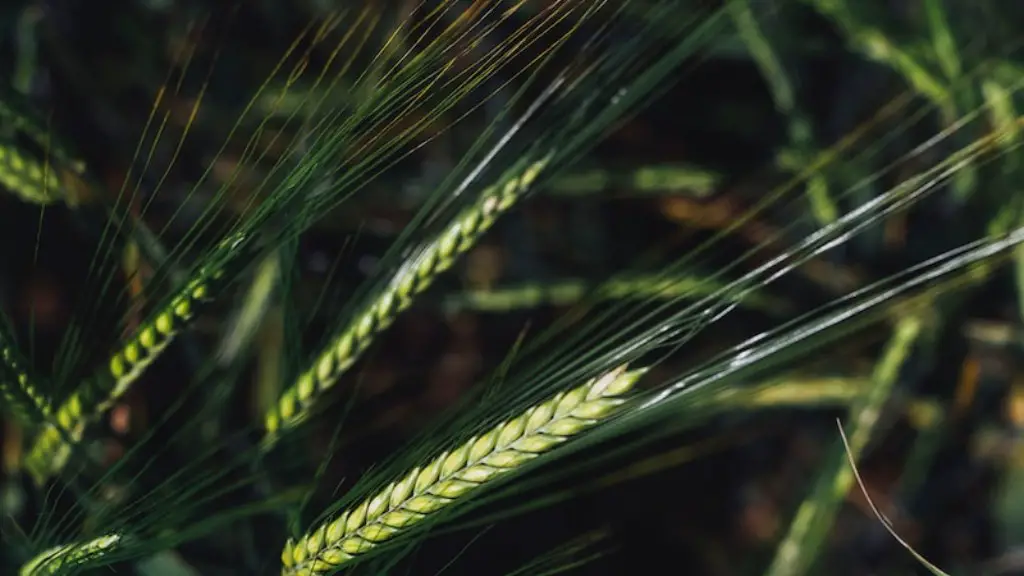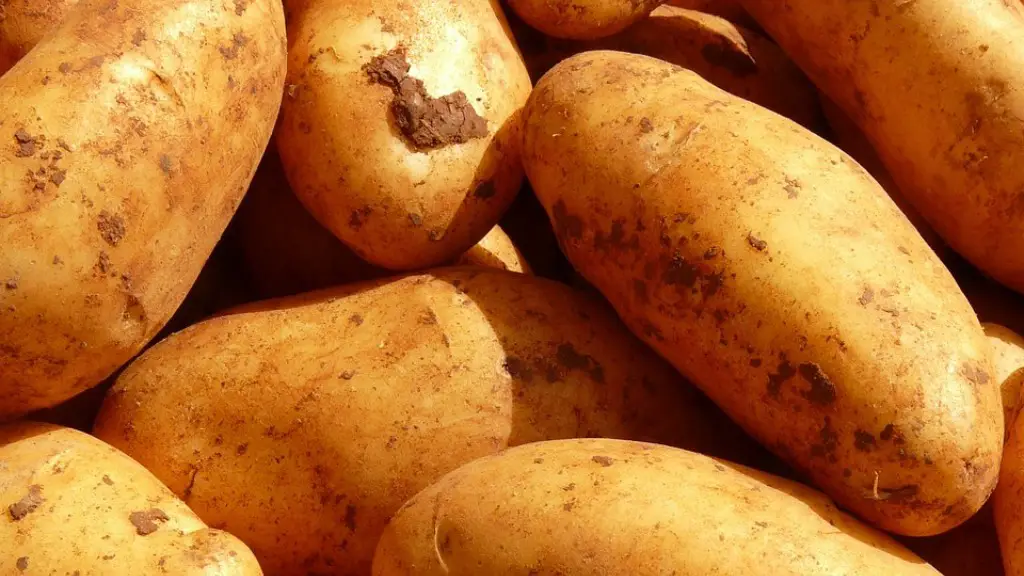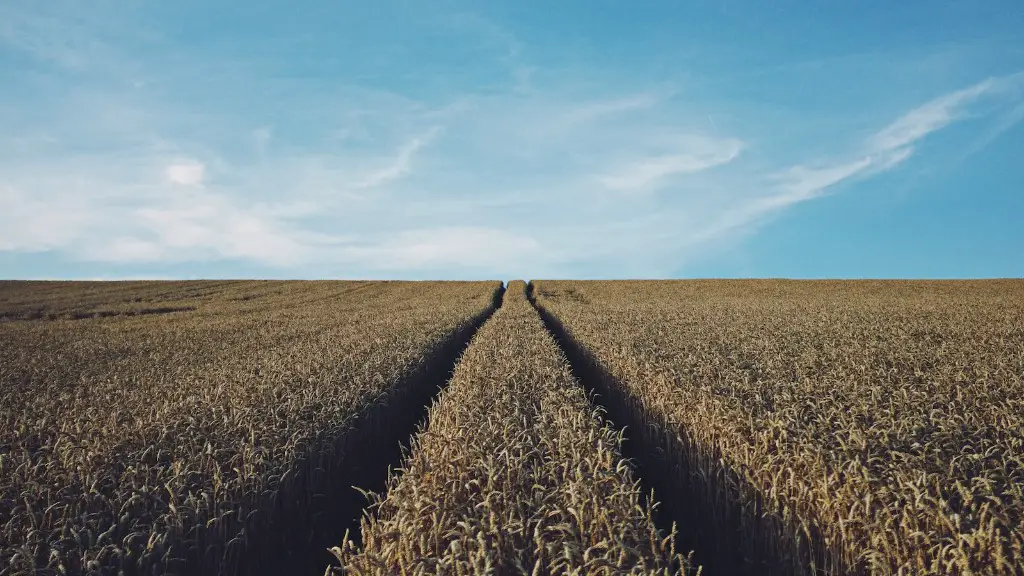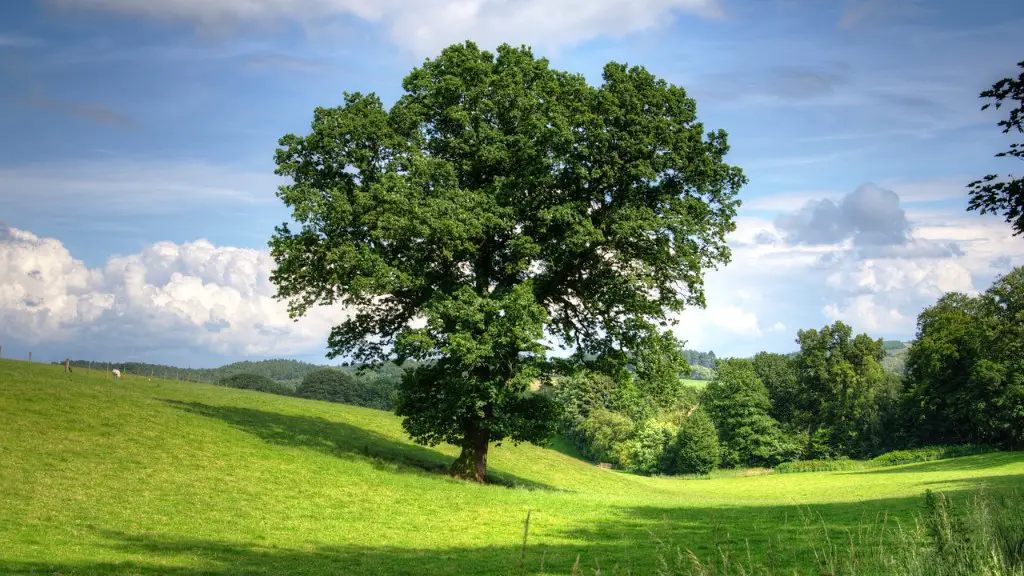The origins of agriculture are passed down through generations of farmers. Early agriculture developed independently in different regions of the world. The Fertile Crescent, which includes the Levant and Mesopotamia, is thought to be one of the first regions to develop agriculture. It is thought that early agriculture developed around 10,000 BCE. The first plants that were cultivated were wheat and barley. Other plants that were grown included peas, lentils, and chickpeas. The first animals that were domesticated were sheep and goats. Cattle were also domesticated in some regions. Agriculture allowed for the domestication of plants and animals, which led to the development of civilizations. Agriculture allowed for the growth of cities and the rise of empires.
The development of early agriculture is a topic of much debate. The most likely scenario is that early agriculture was developed independently in different regions around the world. One theory suggests that early agriculture was developed in the Fertile Crescent region of the Middle East. From there, it is thought to have spread to other parts of the world, such as Europe, Asia, and Africa. Another theory suggests that early agriculture was developed in China. From there, it is thought to have spread to other parts of Asia.
In what ways did agriculture spread?
There are two main ways in which agriculture has spread: through diffusion and through colonization. Diffusion refers to the gradual spread of the techniques of agriculture, and perhaps of the plants and animals themselves, but without the extensive movement of agricultural peoples. This is the most common form of agricultural spread, and it is thought to be the main way in which agriculture first developed. Colonization, on the other hand, involves the large-scale movement of people, who take their agricultural practices with them and establish them in new areas. This is a much less common form of agricultural spread, but it has been important in certain cases, such as the spread of maize agriculture in the Americas.
The Fertile Crescent was one of the first places in the world where people began to farm. The climate and soil in the region were perfect for growing crops, and early farmers took advantage of this to create a thriving agricultural society. Over time, the Fertile Crescent became a center of civilization, with cities and cultures developing in the region. Today, the Fertile Crescent is still an important agricultural area, and its rich history and culture continue to fascinate people from all over the world.
Where did farming begin and how is it spread
Today, farming is a vital part of human civilization. Agriculture provides food for people all over the world, and has played a key role in the development of human society.
Farming first began in the Fertile Crescent, in southwestern Asia, some 12,000 years ago. Over the next few thousand years, agriculture began to spread to other parts of the world, and today it is an important part of the global food supply.
Agriculture is a vital part of the human experience, and has played a key role in the development of civilization.
The Neolithic Era is a time period that began when humans began to transition from a hunter-gatherer lifestyle to farming. This change likely took place over a period of hundreds or even thousands of years. During the Neolithic Era, humans began to domesticate plants and animals, which led to the development of civilizations. This era is sometimes referred to as the “New Stone Age” because of the introduction of new technologies, such as the use of polished stone tools.
What were 3 causes of the Agricultural Revolution?
The Agricultural Revolution was a time of great change in the way that crops were grown and animals were raised. There were many factors that contributed to this change, including the increased availability of farmland, a favorable climate, more livestock, and improved crop yield.
1. Traditional Agriculture: This is the stage where agriculture is done using traditional methods and there is little to no use of technology.
2. Technologically Dynamics Agriculture-Low Capital Technology: In this stage, agriculture is done using some technology but the capital investment is low.
3. Technologically Dynamic Agriculture High Capital Technology: In this stage, agriculture is done using high-end technology and there is a high capital investment.
How did agriculture develop?
Domesticity allowed for the establishment of agricultural communities which led to a transition from a nomadic hunter-gatherer lifestyle. This allowed for the development of families and larger groups, as well as a more stable food supply. Agricultural communities allowed for the growth of civilization and the advancement of humans.
It is thought that Agriculture developed more rapidly in the Americas due to the selective pressure on hunting societies to find a new food source and become sedentary as their prey went extinct. This is an interesting theory as it suggests that the need to find a new food source was the driving force behind the development of Agriculture, rather than any specific technological advance.
When did early agriculture start
Agricultural development has been critical to the growth of civilizations and the advancement of human society. Agriculture allowed for the domestication of plants and animals, which led to the development of cities and civilizations. Agriculture also allowed for the growth of food surpluses, which allowed for the development of trade and commerce. The development of agriculture has also had a significant impact on the environment, as it has led to the clearing of forests and the development of cropland.
The history of agriculture is the story of humankind’s development and cultivation of processes for producing food, feed, fiber, fuel, and other goods by the systematic raising of plants and animals. Prior to the development of plant cultivation, human beings were hunters and gatherers. The origins of agriculture date back to the Neolithic Revolution, when humans first began to domesticate plants and animals. Agriculture allowed for the widespread production of food, which in turn allowed for the development of civilizations. Agriculture has played a significant role in human history, and its impact can be seen in the way that it has transformed societies and the environment.
Did agriculture begin in one place and then spread around the world?
Agriculture originated in a few small hubs around the world, but probably first in the Fertile Crescent, a region of the Near East including parts of modern-day Iraq, Syria, Lebanon, Israel and Jordan. The Fertile Crescent was so named because of its historical role as a breadbasket for the ancient world. The region has a long, relatively dry growing season and ample sunlight, making it ideal for agriculture. The Fertile Crescent was also one of the first places where people began domesticating plants and animals, which led to the development of civilizations.
Agriculture was a major breakthrough for humanity, as it allowed for a more reliable food supply and thus a more settled lifestyle. The eight crops mentioned were some of the first that were domesticated, and they laid the foundation for the agricultural revolution. Today, agriculture is a vital part of the global food supply, and it plays a major role in supporting human populations around the world.
How did the Neolithic agricultural revolution spread
The rapid expansion of civilization across the globe was largely due to environmental changes that made it possible for people to begin cultivating plants and herding animals. This allowed for a greater abundance of resources, which in turn led to a more rapid growth of civilization.
Farming was a significant development in human history because it allowed early humans to control their sources of food. By growing plants and raising animals, they did not have to move in search of food and could settle in one place all year round. This led to the development of civilizations and the growth of cities and towns.
How did agriculture spread from the Fertile Crescent?
The access to water in the Fertile Crescent region was vital for both farming and trade routes. The abundance of natural resources in the area attracted travelers from all over, providing an opportunity for the exchange of culture and ideas. This led to advancements in the region, such as the development of writing (cuneiform), math, and religion.
The agricultural revolution led to a number of consequences for humans, both positive and negative. On the one hand, it allowed for the growth of civilizations and the development of new technologies. On the other hand, it also led to an increased dependency on the land, which created fears of scarcity, and a rise in infectious diseases contracted from domesticated animals. The agricultural revolution was a turning point in human history, and its effects are still being felt today.
What was the most important influence of the Agricultural Revolution
The development of the Norfolk four-course rotation was a key innovation of the British Agricultural Revolution that greatly increased crop and livestock yields by improving soil fertility and reducing fallow periods. This system of crop rotation involved the planting of four different crops in succession on the same piece of land, with each crop benefiting from the build-up of nutrients in the soil left by the previous crop. The four crops typically grown in this rotation were wheat, barley, oats, and peas or beans. In addition to improving yields, the Norfolk four-course rotation also helped to improve the quality of the grain crops by providing a more balanced diet for the animals that consumed them.
The Second Agricultural Revolution saw a massive increase in food production, which led to better diets, longer life spans, and higher population growth. As the population increased, so did the pool of workers for industry. Most of these jobs were in cities and new factory towns, which led to mass migration to urban areas. This had a profound impact on society, as urban areas began to grow and flourished while rural areas declined.
Warp Up
The development of early agriculture is thought to have been a gradual process that began with the domestication of plants and animals. The first evidence of agriculture dates back to around 10,000 BC, and it is thought to have originated in the Fertile Crescent region of the Middle East. From here, it spread to other parts of the world, bringing about a major change in the way that people lived and interacted with their environment.
Early agriculture developed and spread in a number of ways. One way was through the exchange of plants and animals between different regions. Another way was through the diffusion of ideas and technology between different cultures.





